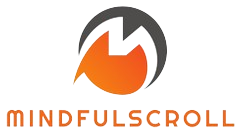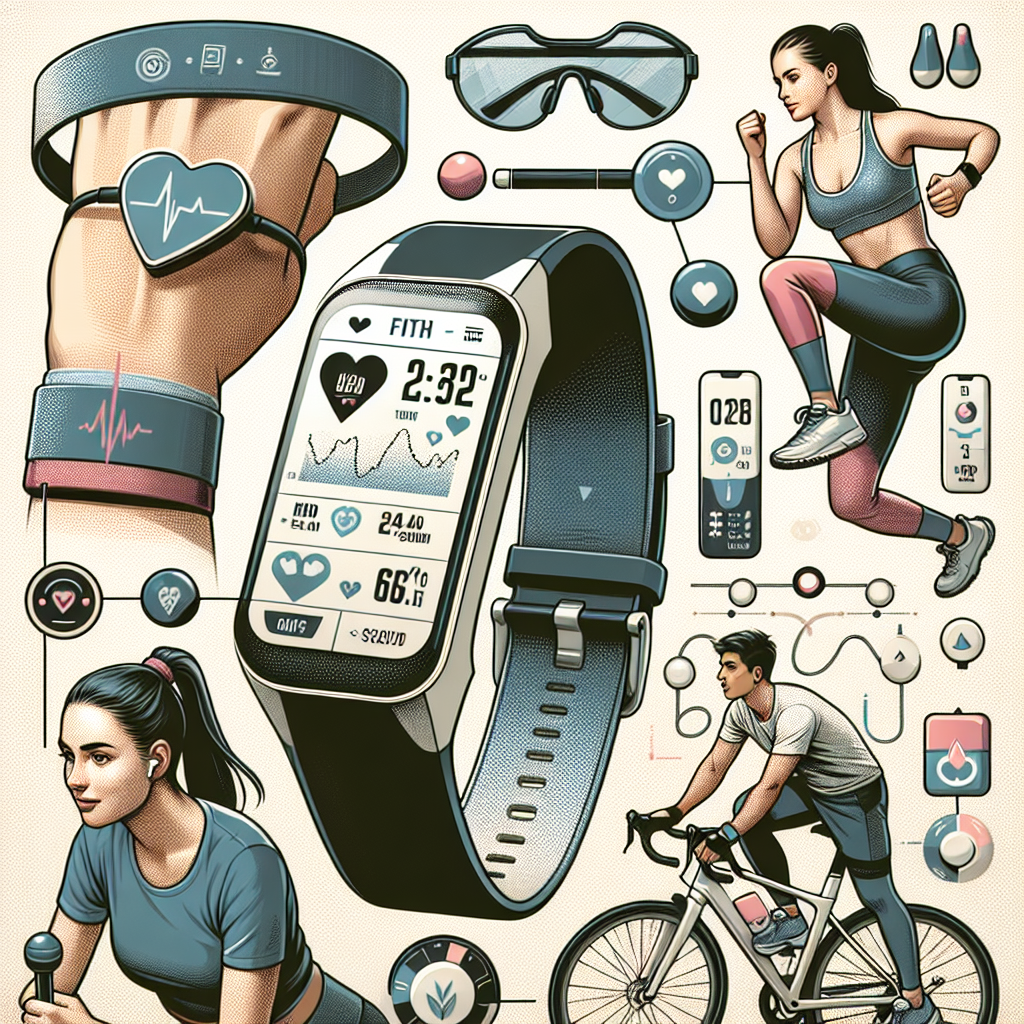Introduction
In recent years, wearable technology has revolutionized the way we monitor our health and fitness. From smartwatches to fitness trackers, these devices provide valuable insights into our daily activities, helping individuals stay on track with their health goals. This article explores the diverse range of wearable technologies available for health monitoring and fitness, their benefits, and how they are shaping the future of personal health management.
The Rise of Wearable Technology
Wearable technology has surged in popularity due to advancements in sensors and connectivity. The integration of smart sensors in clothing, accessories, and devices makes it easier than ever for users to track various health metrics.
Types of Wearable Health Technologies
- Fitness Trackers: Devices like Fitbit and Garmin help users track steps taken, calories burned, sleep patterns, and heart rate.
- Smartwatches: Apple Watch and Samsung Galaxy Watch not only monitor fitness but also offer features such as notifications, GPS, and even ECG monitoring.
- Smart Clothing: Clothing embedded with sensors to monitor vital signs and activity levels, including smart shirts and leggings.
- Wearable ECG Monitors: Devices that continuously monitor heart activity, providing real-time data for users with cardiovascular concerns.
- Health Monitoring Patches: Skin patches that track metrics like hydration levels, temperature, and glucose levels without the need for invasive procedures.
How Wearable Tech Enhances Health Monitoring
Wearable technology allows for continuous health monitoring, which can lead to early detection of health issues and improved lifestyle choices. Here is how these devices enhance health monitoring:
1. Real-Time Health Data
Wearables provide instant feedback on various health metrics. For instance, heart rate monitoring during workouts can help optimize performance. Users can adjust their exercise intensity based on real-time data, enhancing effectiveness and safety.
2. Goal Setting and Tracking
Most wearable devices come with apps that allow users to set health and fitness goals. This feature encourages accountability and can lead to increased motivation. Users can track their progress and celebrate milestones, which can significantly boost their commitment to healthier living.
3. Sleep Monitoring
Quality sleep is crucial for overall health. Many fitness trackers offer sleep tracking features that analyze sleep patterns, helping users identify areas for improvement. Better sleep can lead to improved physical and mental health outcomes.
4. Management of Chronic Diseases
Wearable devices can play a crucial role in managing chronic conditions such as diabetes and heart disease. Continuous glucose monitors and ECG devices provide vital information that can help users make informed health decisions.
Benefits of Using Wearable Technology
The integration of wearable technology into personal health management comes with numerous benefits:
1. Improved Accountability
Wearables help individuals take charge of their health by providing clear data and insights. The ability to see real-time updates encourages users to stick to their routines.
2. Enhanced Communication with Healthcare Providers
Wearables can bridge the gap between patients and healthcare providers. Data collected can be shared with professionals for better diagnosis and patient care, allowing for more personalized treatment plans.
3. Motivation and Engagement
Gamification of fitness tracking through wearable devices keeps users engaged and motivated. Challenges, badges, and communities foster a sense of belonging and competition, encouraging users to reach their health goals.
4. Cost-Effectiveness
Preventive health measures, as facilitated by wearables, can lead to reduced healthcare costs. By enabling early detection of potential health issues, individuals may avoid expensive treatments.
Challenges and Considerations
While wearable technology offers many benefits, there are challenges and considerations to keep in mind:
1. Data Privacy
As wearables collect sensitive health information, data privacy is a significant concern. Users should be cautious about sharing their data and understand how it is being used and stored.
2. Accuracy of Data
Not all wearable devices provide accurate data. Consumers should research and choose reputable manufacturers to ensure reliability, especially for vital health monitoring.
3. Dependency on Technology
Over-reliance on data from wearables could lead to anxiety or a false sense of security. Users should balance technology use with traditional health practices.
Future of Wearable Health Technology
The future of wearable technology for health monitoring and fitness looks promising. Innovations are expected to bring more sophisticated features, such as:
1. Integration with AI
Artificial intelligence can enhance the personalization of health recommendations based on user data, improving overall effectiveness.
2. Non-Invasive Health Monitoring
Advancements in sensor technology may lead to even less invasive options for monitoring health, making tracking easier and more comfortable.
3. Comprehensive Health Insights
Wearables may evolve to provide a holistic view of health, integrating mental wellness with physical health data for a well-rounded approach to health management.
Conclusion
Wearable technology for health monitoring and fitness is transforming how individuals track their health and fitness progress. With real-time data, personalized insights, and improved communication with healthcare providers, wearables are becoming an essential tool for health management. While challenges exist, the benefits of adopting wearable technology far outweigh the drawbacks. As advancements continue, we can expect even greater innovation in this field, making it an exciting space for both consumers and healthcare professionals alike.

